In modern web development, dealing with streams of data is a common task. Whether it’s reading data from a file, processing data from a network connection, or streaming audio or video to a client, working with streams is an essential part of building performant and scalable web applications.
In JavaScript, there are several ways to work with streams of data, depending on the specific use case. In this article, we’ll focus on how to read stream data from a file and convert it into a string using the Node.js fs module.
In JavaScript, you can read stream data from a file using the Node.js fs module and convert it into a string using the toString() method.
Here’s an example of how to do this:
const fs = require('fs');
// Open the file stream
const stream = fs.createReadStream('path/to/file.txt');
// Create a string variable to store the data
let data = '';
// Listen for the 'data' event and append the data to the string variable
stream.on('data', (chunk) => {
data += chunk.toString();
});
// Listen for the 'end' event and log the final string value
stream.on('end', () => {
console.log(data);
});In this example, we use the createReadStream() method from the fs module to open a file stream for the specified file path. We then listen for the data event on the stream, which is emitted when new data is available to be read. In the event listener, we convert the chunk of data into a string using the toString() method and append it to the data variable. Finally, we listen for the end event, which is emitted when the stream has been fully read, and log the final value of the data variable, which should be the complete contents of the file as a string.
Working with stream data is an essential part of modern web development, and JavaScript provides several powerful tools for working with streams of data in different contexts. In this article, we’ve seen how to use the Node.js fs module to read stream data from a file and convert it into a string. Armed with this knowledge, you can now confidently read and manipulate stream data in your own JavaScript projects, enabling you to build faster and more efficient web applications.
